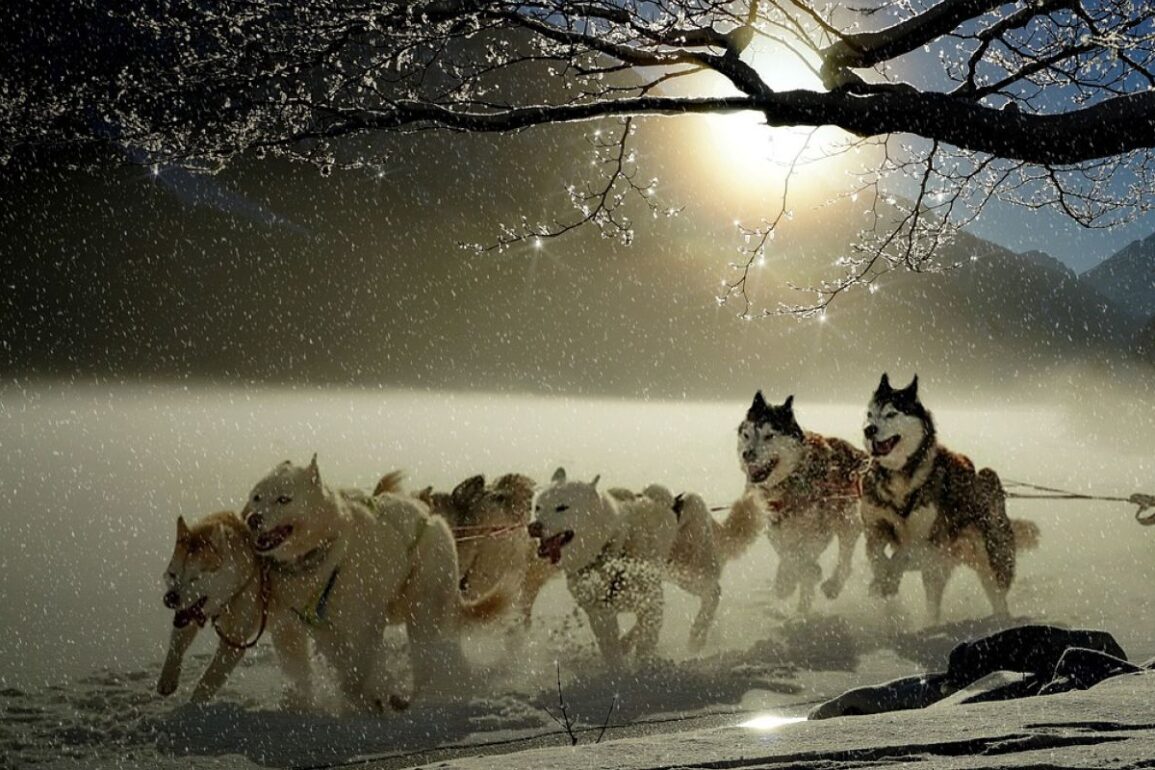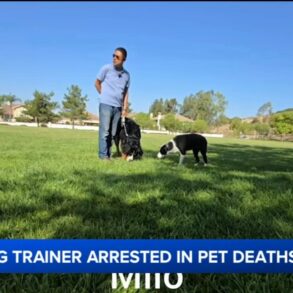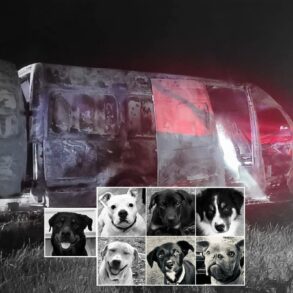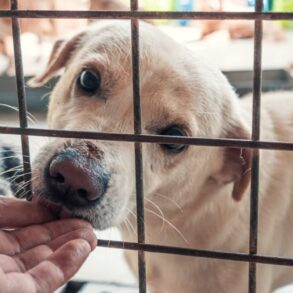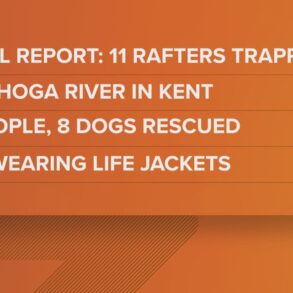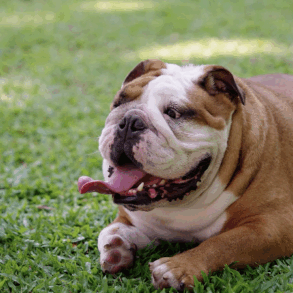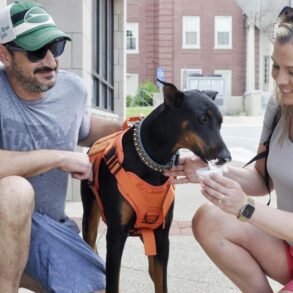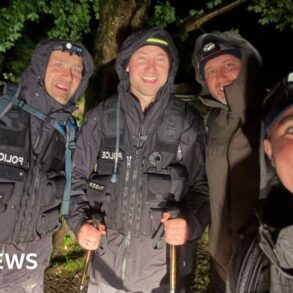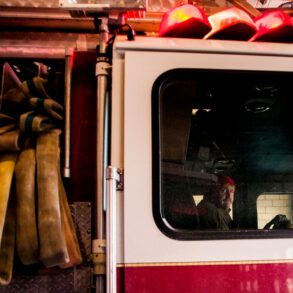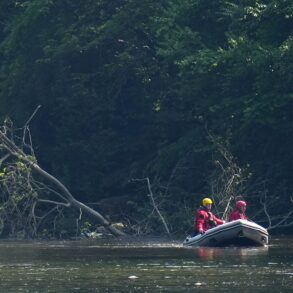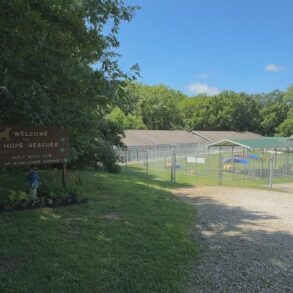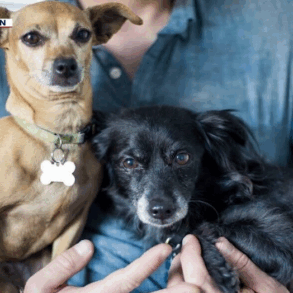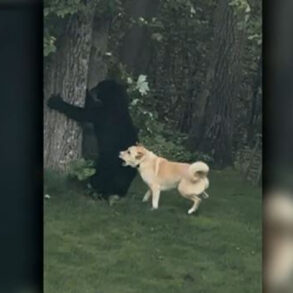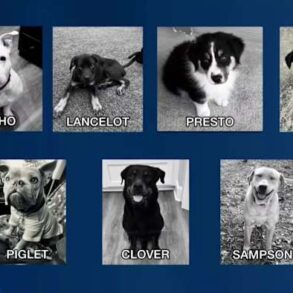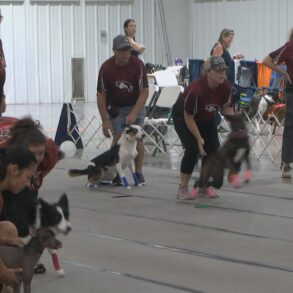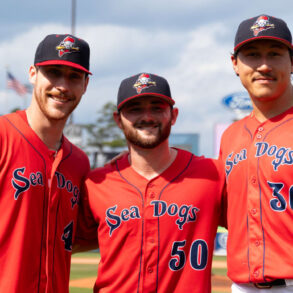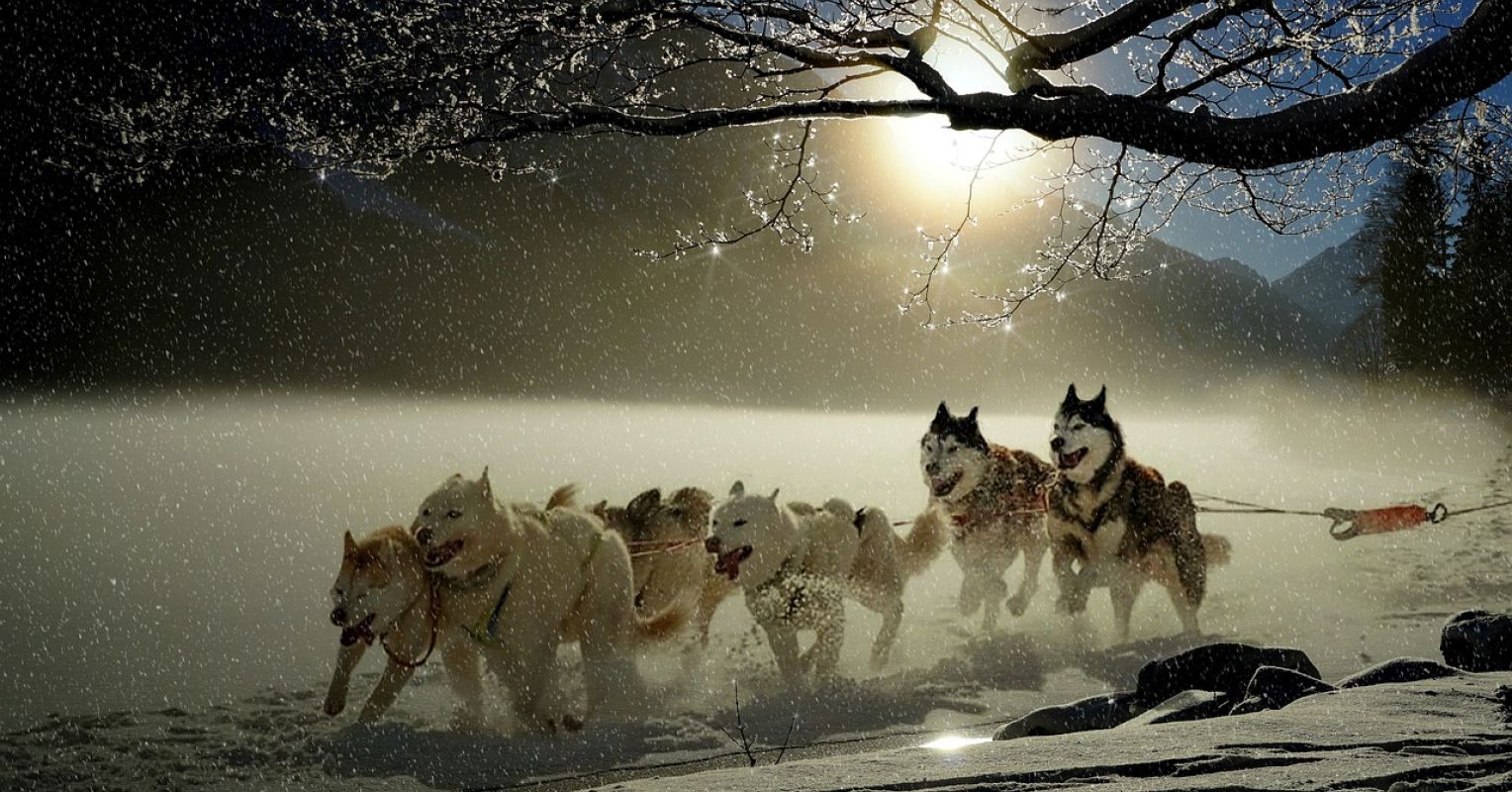
In these days of information overload when fewer people seem to pay much attention to what we’ve actually known for long periods of time and act as if everything is new, it’s useful to revisit what we’ve long known about animal behavior, animal minds, and animal-human relationships. In my fields of study, there are few better examples than Charles Darwin and William T. Long’s writings about animal behavior and animal emotions. Long’s outstanding book How Animals Talk, published in 1919, is a most stimulating, inspirational, and prescient work that is indicative of his sheer and unbridled delight in observing and learning about the mysterious behavior of the animals with whom we share the earth. Darwin and Long’s natural history reports also presage numerous areas that currently are “hot topics” in the study of animal behavior and animal minds (cognitive ethology).
Along these lines, we know a good deal about the natural history of animal-human relationships including how we interact with and what we can learn from companion dogs. For example, there are numerous historical accounts of dogs recognizing when their and other humans need their help but few are more compelling than stories of the Nome Serum Run Dogs of which I was unaware. What I find very interesting in these and other historical accounts of dog-human relationships are how they bear on and have been supported by future research on the cognitive and emotional lives, sentience, and empathic capacities of these amazing beings and the strong oxytocin-based shared feelings—the “social glue”—that tell dogs what the humans need right there and now. So, I was pleased when author Richard Sugg told me about the amazing Serum Run dogs, their relationships with humans, and the trials and tribulations of delivering much-needed serum for humans in need.1
MB: Can you give readers some history about this venture and the dogs themselves?
RS: There had been an Esquimaux settlement here on the Seward peninsula for a long time. But the new influx of settlers who made Nome famous arrived after 1898, as part of a gold rush. Nome was built on gold and dogs. From 1908 it became increasingly famous for the All Alaska Sweepstakes: a grueling sled race of 408 miles, which one of our heroes, Norwegian Leonard Seppala, won in 1915.
The sled dogs of Nome were Siberian huskies, almost half the size of the larger Malamutes. These dogs came to prove themself as formidably hardy and dedicated runners—above all during the epic days of the Serum Run in the winter of 1925. By late January, with adults and children dying of diphtheria in Nome, vital serum arrived by train in Nenana. A relay of 19 mushers and their dog teams drove this up to Nome in atrocious conditions, with Kaasen’s sled being flipped over several times in the final stretch.
All of those men and dogs displayed endurance, courage and skill which few of us can understand. But if any one dog really deserved a statue in Central Park, it was surely Seppala’s lead dog Togo. Whilst Kaasen and his team made a 53-mile dash into Nome, Seppala clocked up 265 miles, having to cross the treacherous 42 miles of Norton Sound twice due to a late change of plans.
MB: What does the behavior of these dogs say about current research on their cognitive and emotional lives?
RS: During his first Sweepstake race in 1910, Seppala was stranded on a cliff edge 600 feet over the sea, with his young dogs panicking, threatening to pull everyone down to their deaths. And then something strange passed between Seppala and his lead dog Suggen, and from Suggen to the other dogs; and Suggen got them to turn the sled, some 20 feet from doom. Whatever happened here, it arose from the extraordinary bond between Seppala and Suggen. So we have a special fusion of rational control and love from the lead-dog, rooted in his love for Seppala.
Suggen was also the father of Togo. Long before that 265-mile epic, Togo had saved Seppala’s life on Norton Sound, when he suddenly bucked to a halt as ice broke up inches from his nose. After hours trapped on a drifting floe, Seppala was still too far from shore to escape. Finally, he tied a line to Togo and threw him across the gap. As Togo was straining to pull everyone to shore, the line snapped and fell into the water. Now, picture this. Togo not only dived in for the line, but then rolled it twice around his shoulders before tugging everyone to safety.
MB: I am a fan of citizen science and how it relates to more formal research. Can you say more about how important this relationship was?
RS: Consider the extraordinary life-saving episode in which an Alaskan musher, Bert Hansen, tumbled off his sled into a vast ice hole. His lead dog, Tuesday, turned the sled back and peered down at him. With no possible way to get himself out, Hansen gestured Tuesday toward a trapper’s cabin 10 miles up the trail. When the dog stared down at him, “as though trying to read my mind”, was there a moment of genuine telepathy, such as seemed to pass between Suggen and Seppala’s young dogs? A short while later, as Hansen was freezing hopelessly, Tuesday returned with the trapper on the sled.
Scientists cannot stage genuine life-or-death crises as rescues, or replicate the amazing hard-earned love between the mushers and their dogs. As for the intense pride that a lead-dog took in its role, the Salisbury’s tell of one elderly lead-dog, Voyageur, who was moved back in the team due to his age. Stricken by the loss of this self-defining role, Voyageur wandered away alone one night and died, likely of sheer grief.
MB: Is there anything else you’d like to tell readers?
RS: My next book, Impossible Journeys, showcases incredible homing journeys by dogs. How do they do this? How did Balto get to Nome, in temperatures which defied scenting, and in near zero visibility? How do some dogs find their human family in places they have never been? In his younger wilder days Togo was once tied up with other dogs whilst Seppala made an urgent 160-mile run. Within hours the dog broke his lead, leapt a seven-foot fence and raced after his master. The next morning he was hurtling in front of Seppala’s team, and presently was harnessed up in the lead. If ever there was a romantic rebel whose wildness lives forever, it was Togo.
This post was originally published on this site be sure to check out more of their content.




